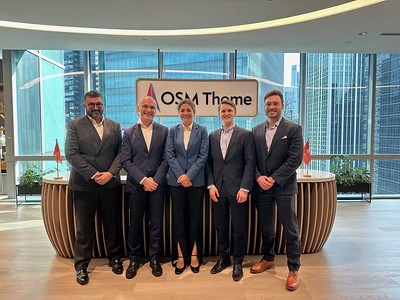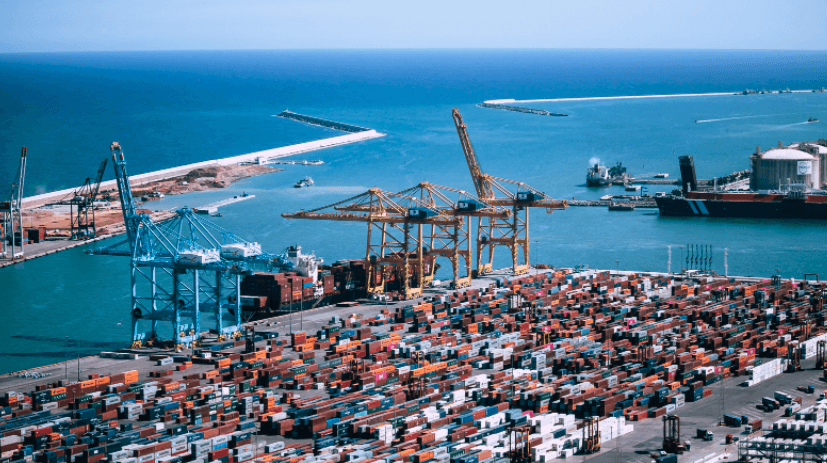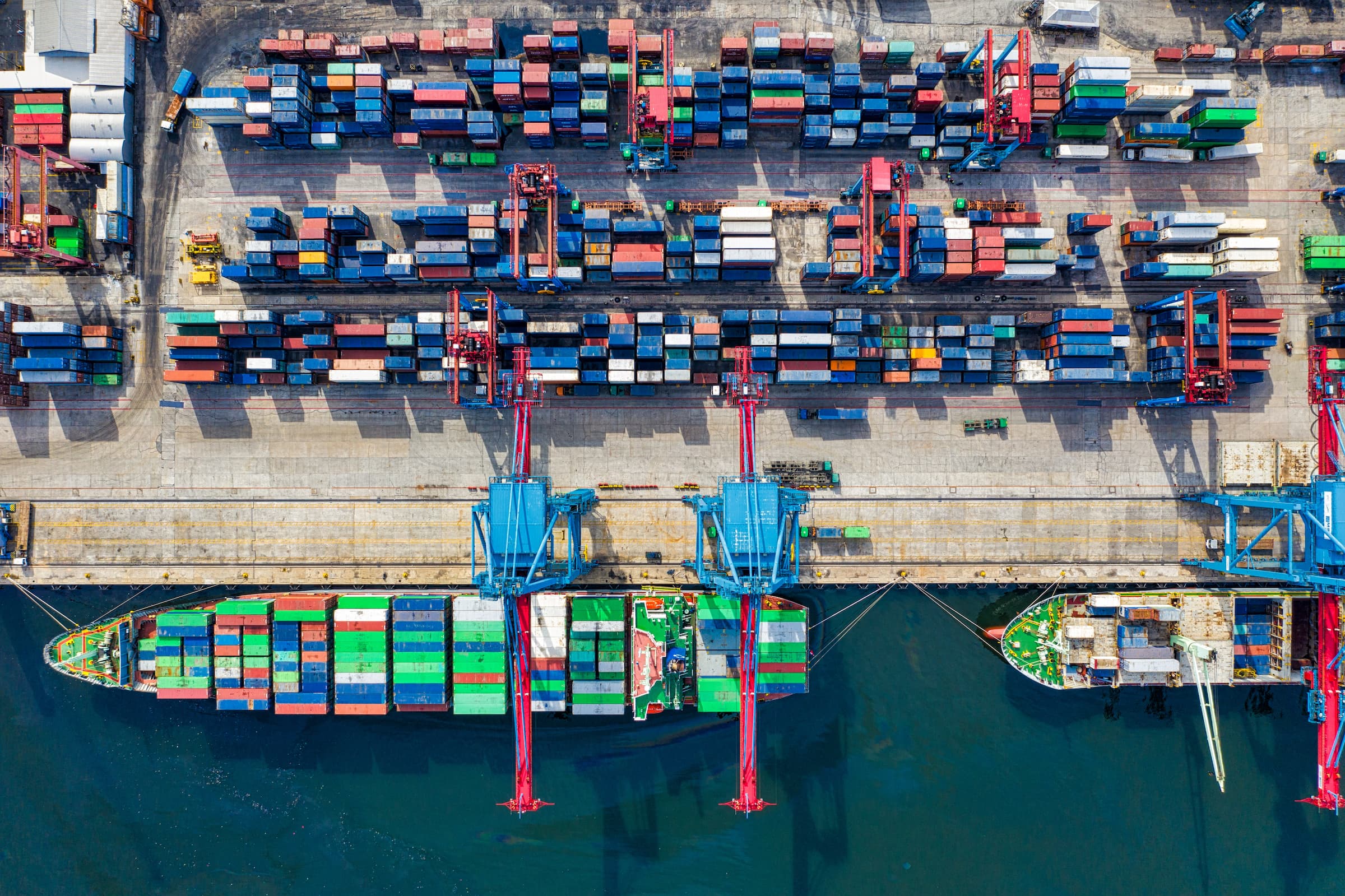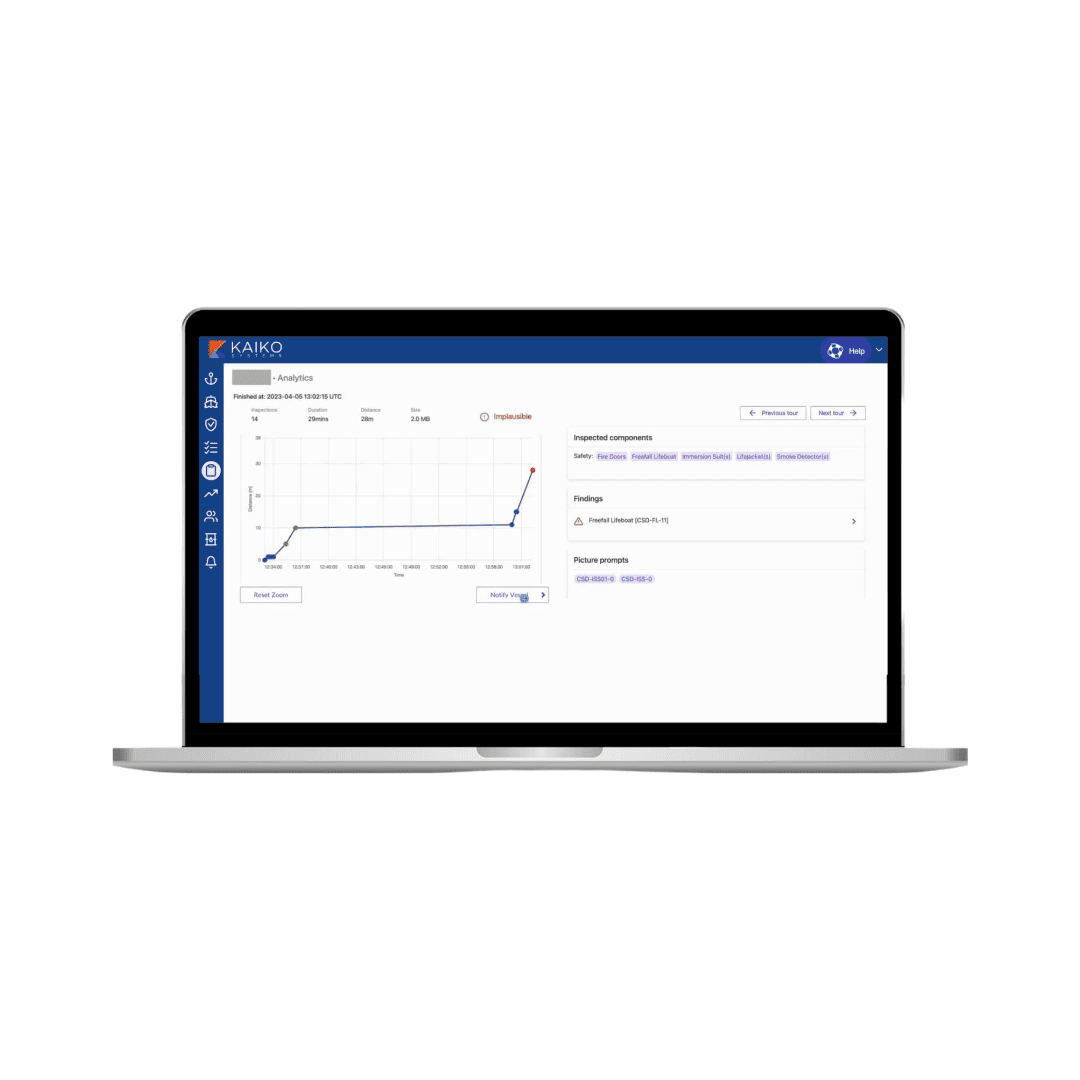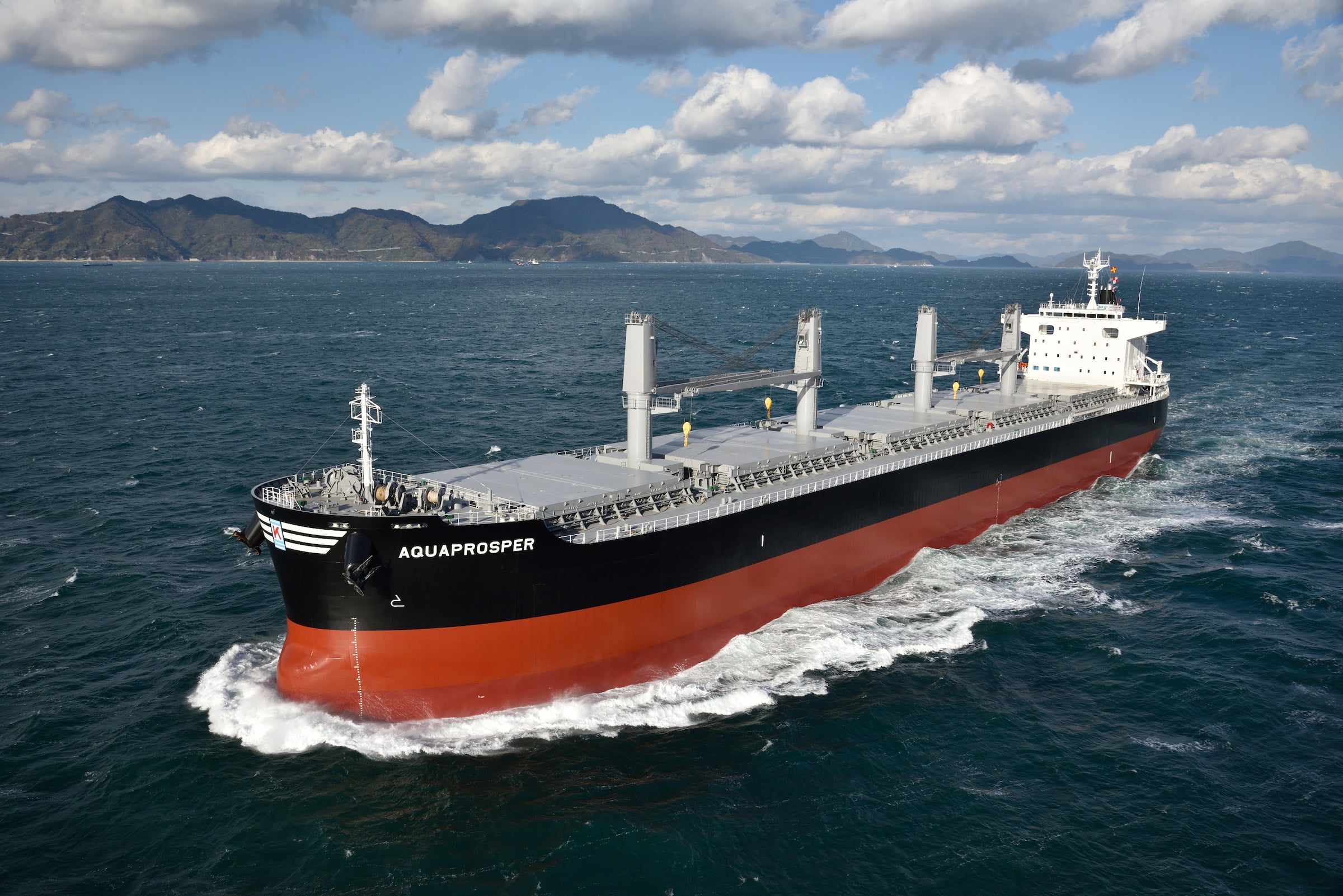What is the best way to ensure transformational products have a lasting impact on shipping companies today? The answer is Human-centered design (HCD).
There’s no denying that the maritime industry is becoming technology-driven. However, most automation programming is based on a fixed set of scenarios and workflows which were planned top-down in ERP systems. This means that there is very little flexibility in case of unexpected situations.
Besides this, many ostensibly “integrated” maritime technologies are neither user-friendly from a human perspective, nor compatible with existing systems. It’s common to see people working in the maritime industry today, especially seafarers, having to coordinate between multiple systems and compromising between efficiency and rigidity in the systems they need to use.
While HCD has been implemented in several design projects in the maritime industry and the International Maritime Organisation (IMO) is promoting such practice, HCD best practices are still rare.
Human-Centered Design & its status in the maritime industry
Human-centered design (HCD) in short is a product design concept that places humans at the center of technological systems. This concept not only takes into consideration human needs, but also human purpose, skill, creativity, and potential.
There is a misconception that seafarers are not tech-savvy and resistant to using new technologies. According to research, many seafarers see their careers as a continuous learning process and actually embrace this element. They are open to new technology, and they want to be able to use technologies to have control over their work. They also believe or hope that human-machine systems can relieve them of certain kinds of work and uncertainty, without the technology being a burden to them.
Yet, a lot of new systems are designed from a management perspective and not with the end-user in mind. Often these systems are neither intuitive to use nor aligned with the actual work being executed. This leads to more effort required to learn how the system works, and there is also an additional burden to use it.
HCD Cycle for interactive systems
The traditional marine management concept is to put tasks at the center of the operational system and the seafarer’s role is rather passive. A more effective design of the operating system needs to be worker-centric.
Instead of directing seafarers to check the box on the tasks, the technology adopted needs to understand seafarers’ pain points, work for the seafarer to complete the tasks, and even optimize the work quality. The diagram below shows the designing process of an HCD cycle for interactive systems.

In the case of routine inspections, for example, traditionally seafarers firstly collect inspection data with paper, pen, digital cameras, and then put this information into the systems that the company requires. The shore team then uses another system to analyze the inspection data to generate insights and produce reports.
This process is not only inefficient but also causes the same data presented in multiple systems and in different formats which makes it hard to use for deep analysis for the longer term. On top of this, seafarers have to wait for the shore team to compare data and construct a plan-for-action. This can often lead to delays in fixing important deficiencies.
In Kaiko Systems’ case, after dozens of rounds of interviews and prototype testing, we decided that a human-centered inspection system should take into account these five fundamental factors:
- The inspection journey for seafarers
- The information collected is essential, compliant, clear, and standardized
- In-App guidance helps to minimize the risk of human error
- Instant visibility of vessel inspection status
- Smooth collaboration with other departments can be achieved
Based on these factors, Kaiko Systems designed an inspection App that is offline friendly with which seafarers are able to save 50% of the time and get an overview of important and urgent deficiencies in a matter of a few clicks. On top of this, Kaiko Systems enables customized access to the dashboard for different stakeholders like the HSSEQ team, management team, etc. to reduce communication costs.
Besides enhancing effectiveness, efficiency, and satisfaction, HCD can also help organizations to achieve other social and economic benefits. For example, reducing discomfort, stress, propensity for errors, and neutralizing possible hazards on human health, safety and performance. It can also help to facilitate the timely and successful completion of the project within budget.
In conclusion, HCD can increase the acceptance, commitment, and trust of the users towards new technology. This leads to increased technical, commercial, and competitive advantage. With the additional benefits of improving the public image and reputation of the organization.




